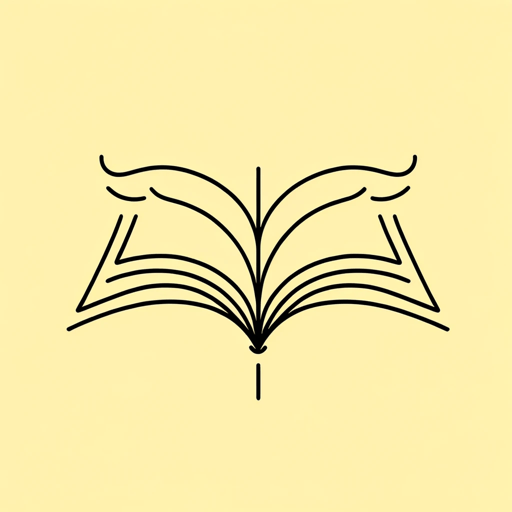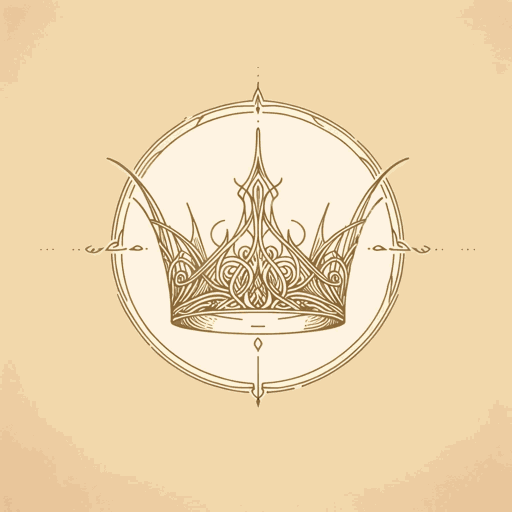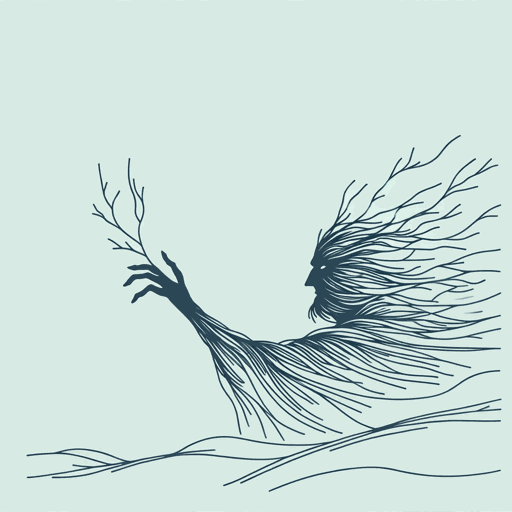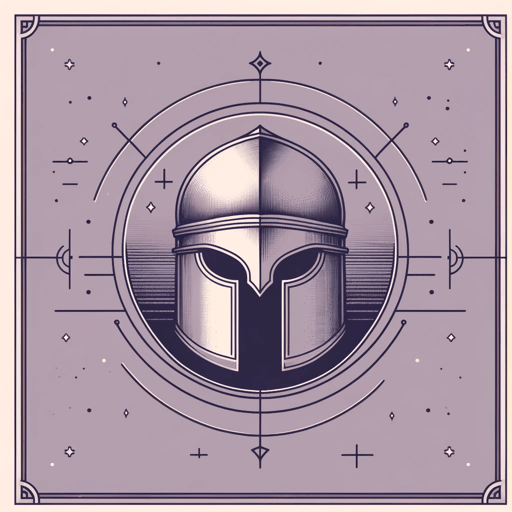61 pages • 2 hours read
J. R. R. TolkienThe Children of Húrin
Fiction | Novel | YA | Published in 2007A modern alternative to SparkNotes and CliffsNotes, SuperSummary offers high-quality Study Guides with detailed chapter summaries and analysis of major themes, characters, and more.
Symbols & Motifs
Names
Content Warning: The source material features depictions of violence, unintended incest, and of death by suicide during a period of grief.
In fantasy worldbuilding, names are important for immersing the reader into the reality of that world. In telling stories of Middle-earth, J. R. R. Tolkien often takes care to specify exactly where the action is taking place and who the major players are. Because names are so prominent in defining the characters’ identities, it is doubly significant that a number of characters assume different names and titles in The Children of Húrin, where names function as an important motif.
Túrin is given many alternate names across the novel, including Adanedhel, Agarwaen, Gorthol, Mormegil, Neithan, Thurin, and, finally, Turambar. Niënor is renamed Níniel when she settles in Brethil. Even Morgoth’s name is his second one, following his original name of Melkor. In this regard, names are used to deceive as much as they are used to inform others of one’s identity. Túrin in particular adopts aliases to distance himself from his real identity, which he believes will decrease the odds that Morgoth’s curse will affect him; names are thus an attempt to exercise agency in the conflict of 







Related Titles
By J. R. R. Tolkien

Farmer Giles of Ham
J. R. R. Tolkien

Leaf by Niggle
J. R. R. Tolkien

On Fairy-Stories
J. R. R. Tolkien

Return of the King
J. R. R. Tolkien

The Fellowship of the Ring
J. R. R. Tolkien

The Hobbit
J. R. R. Tolkien

The Silmarillion
J. R. R. Tolkien

The Two Towers
J. R. R. Tolkien
